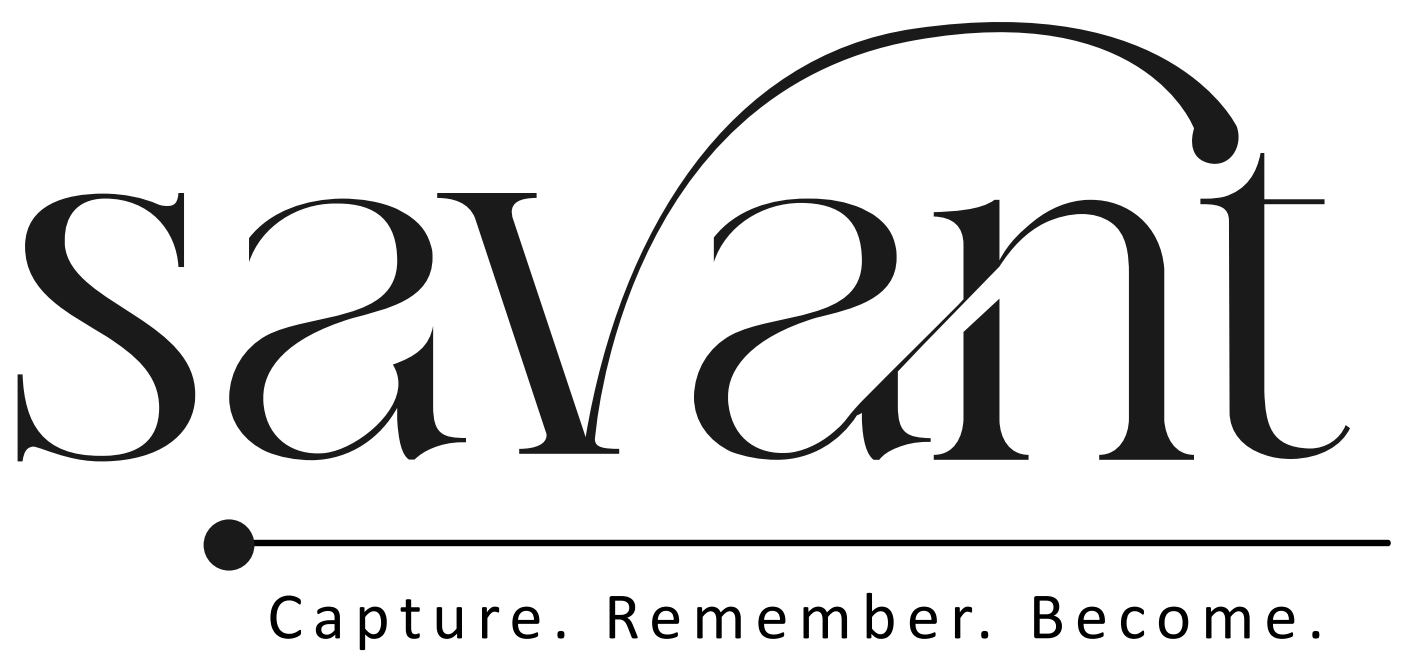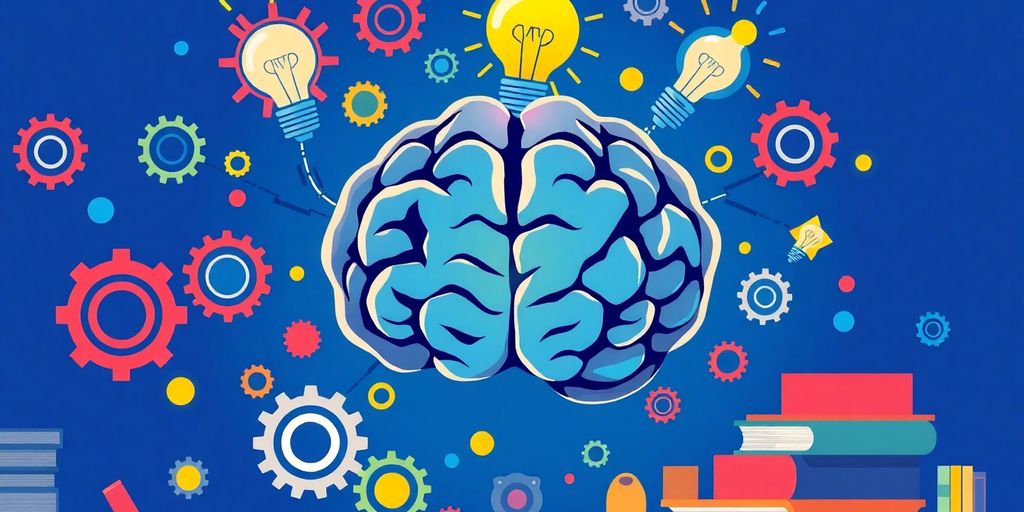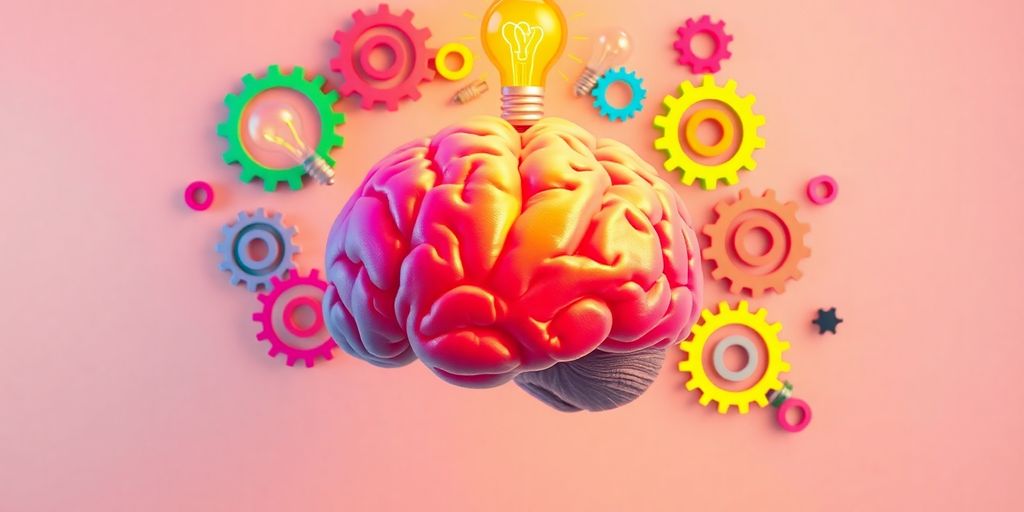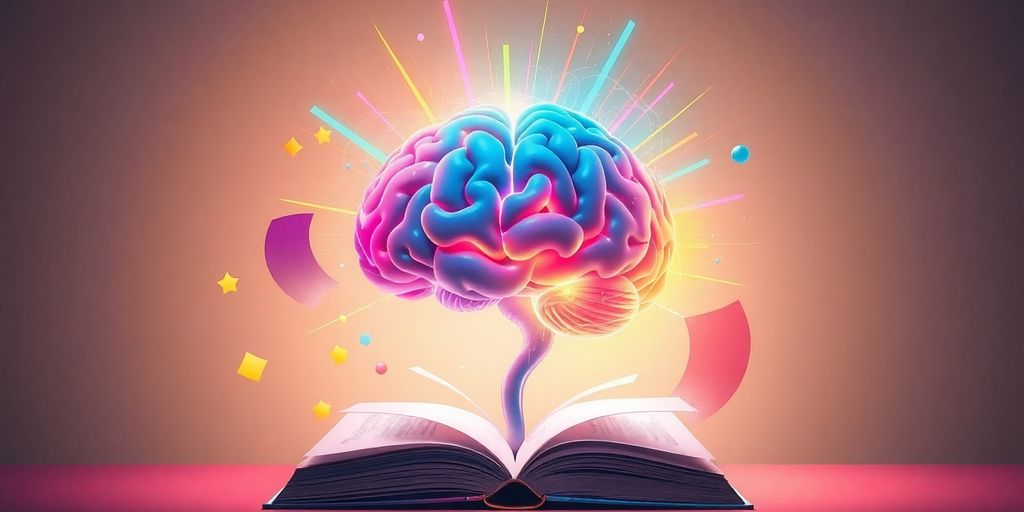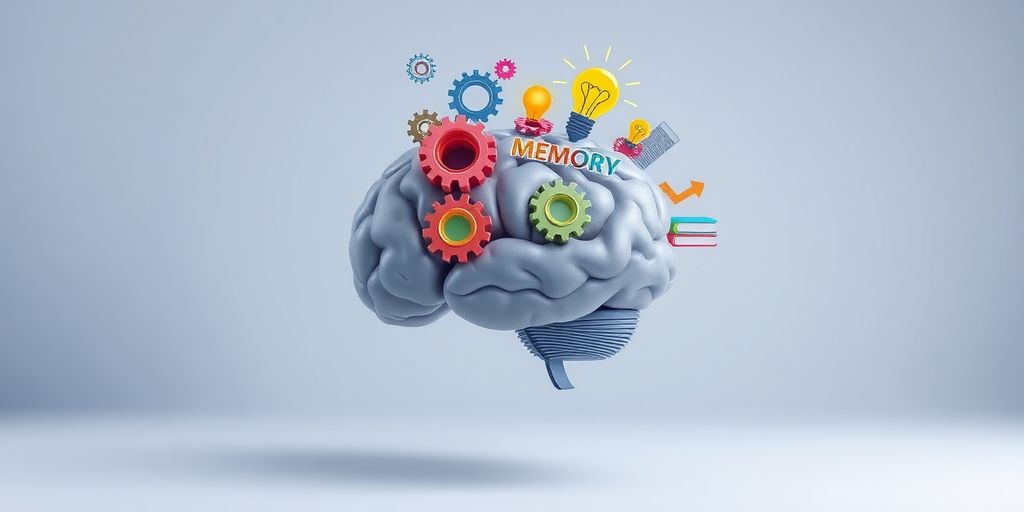Note-taking is an important skill for students and professionals alike. It helps capture important information, organize thoughts, and improve understanding. In this guide, we will describe different types of note taking techniques, making it easier for you to find the one that works best for your learning style.
Key Takeaways
- There are various note-taking methods, each with its own strengths and weaknesses.
- Experimenting with different techniques can help you discover what works best for you.
- Visual methods like mind mapping can enhance creativity and understanding.
- Structured methods like the Cornell method promote organization and clarity.
- Regularly reviewing notes is essential for retaining information.
Exploring the Cornell Method
Understanding the Structure
Alright, so the Cornell Method is kinda like having a plan for your notes. You split your page into three parts. The main area, which takes up about 70% of the page, is where you jot down all the stuff you hear during a lecture or read in a book. Then you’ve got this smaller column on the left side for cues. These are like keywords or questions that help jog your memory later. And at the bottom, there’s a space for a summary. This is where you wrap up everything you’ve learned in a few sentences.
Benefits of the Cornell Method
This method is pretty cool because it’s super organized. It makes reviewing your notes way easier. You can quickly scan the cues to remember the main ideas. Plus, writing a summary helps you really get what you’ve learned. It’s like a built-in review session every time you take notes.
Tips for Effective Use
- Set Up Your Page: Draw lines to create the note-taking area, cue column, and summary section before you start.
- Take Notes During Class: Use the main area to write down important points during lectures.
- Add Cues After Class: After class, fill in the cue column with questions or keywords.
- Summarize: Always write a summary at the bottom to wrap up the day’s notes.
The Cornell Method isn’t just about taking notes; it’s about making them work for you. By organizing your thoughts this way, you’re setting yourself up for success in understanding and remembering what you’ve learned.
Mind Mapping for Creative Note Taking
Visualizing Information
Mind mapping is like doodling with a purpose. You start with a central idea and branch out with related thoughts. This technique is awesome for those of us who think in pictures rather than words. It helps you see the big picture and how everything connects. It’s like a roadmap for your thoughts.
Connecting Ideas with Mind Maps
When you map out your ideas, you can spot connections you might have missed otherwise. It’s like your brain gets to play connect-the-dots. Start with your main idea in the center, then draw lines to related topics. Keep branching out until you’ve got a web of ideas. This can really help when you’re trying to wrap your head around something complex.
Tools to Enhance Mind Mapping
There are some cool tools out there to make mind mapping a breeze. You can go old-school with a pen and paper or use digital tools like MindMeister or XMind. These tools let you drag and drop ideas, add colors, and even share your maps with others. They’re great for when you want to spice up your notes or collaborate with friends.
The Outline Method: Organizing Your Thoughts
Creating a Hierarchical Structure
So, you’re in a lecture or reading something packed with info, right? The Outline Method is your buddy here. It’s all about creating a structure. You start with the big ideas, then break them down into smaller bits. Think of it like building a tree, with the trunk as your main topic and the branches as subtopics. This way, you can see how everything connects without getting lost in the details.
When to Use the Outline Method
This method works great when your lecture or reading material follows a logical order. Perfect for subjects where everything builds on what came before. But hey, if your teacher talks super fast, it might not be the best choice. You need a bit of time to think and organize your notes as you go.
Advantages of Outlining
- Keeps your notes neat and tidy.
- Makes it easy to see the relationship between ideas.
- Reduces the time you spend editing later.
Outlining is like having a map. It helps you see where you started, where you are, and where you’re going with the material. No more getting lost in a sea of words.
Remember, practice makes perfect. The more you use the Outline Method, the quicker and more efficient you’ll get at capturing your thoughts in order.
Diving into the Charting Method
Setting Up Your Charts
Alright, so the charting method is like making a table. You know, those things with rows and columns? It’s super handy when you’re trying to keep things neat and tidy, especially if you’ve got a bunch of categories to deal with. Here’s how you do it:
- Pick your categories: Decide what you’re comparing. These will be your columns.
- Draw your chart: Get a piece of paper or use a digital tool. Label those columns with your categories.
- Fill it in: As you gather info, plop it into the right spots in your chart.
Best Practices for Charting
Now, once you’ve got your chart set up, there are a few things to keep in mind:
- Keep it simple: Don’t overcomplicate things. Stick to what you need.
- Review regularly: Check your charts to make sure they’re accurate.
- Adjust as needed: Sometimes you might need to tweak your categories or add new info.
When Charting Works Best
So, when should you use this method? Well, it’s perfect for:
- Comparing data: Got stats or categories? This is your go-to.
- Organizing info quickly: Saves you time later when you’re reviewing.
- Visual learners: If you like seeing things laid out visually, this one’s for you.
Charting can really help you see the big picture without getting lost in the details. It’s like having a map for your notes, making everything clearer and more organized.
And there you have it, the charting method. Give it a try next time you need to sort through a bunch of info!
The Sentence Method: Simplicity at Its Best
Crafting Clear Sentences
So, the sentence method is kind of like writing a diary, but for notes. You just jot down each idea or fact as a separate sentence. It’s super straightforward. Just grab a pen and start writing. Each thought gets its own line. You can number them if you want, or just let them flow. This way, you catch all the important stuff without doing a mental gymnastics routine.
Ideal Scenarios for Sentence Method
This method shines in fast-paced environments like lectures or meetings where the info comes at you fast. It’s perfect when you need to capture everything quickly without worrying about structure too much. So, if your teacher talks like they’re in a hurry, this might be your go-to.
Enhancing Retention with Sentences
Using sentences helps you remember things better. Why? Because when you write in full sentences, your brain processes the information more deeply. It’s like you’re telling yourself a story, and stories are easier to remember. Plus, reviewing your notes later is a breeze since everything’s laid out clearly.
Sometimes, keeping it simple is the best way to stay on top of things. The sentence method is proof that you don’t need fancy techniques to take effective notes. Just a pen, paper, and a bit of focus, and you’re good to go.
Flow-Based Note Taking: Embracing Flexibility

Capturing Ideas in Motion
Flow-based note-taking is all about going with the flow. Forget about straight lines and rigid structures. Grab a blank page and let your thoughts roam free. Jot down ideas as they pop into your head. Draw lines or arrows to connect them, and don’t be shy about adding little doodles or side notes. This method lets your notes evolve naturally, capturing the essence of a conversation or lecture without being boxed in.
Balancing Structure and Flow
While it might seem chaotic, there’s a balance to strike here. You want your notes to make sense when you look back at them. So, keep the main ideas clear and use visual cues to show how things link together. Think of it as organized chaos—your brain’s personal playground.
Adapting Flow-Based Techniques
The beauty of this method is its adaptability. Whether you’re in a brainstorming session or just trying to keep up with a fast-paced meeting, this style can shift to fit your needs. Use it to capture the big picture and the little details all at once. It’s like having a conversation with your notes, where ideas can dance around and create a story. So, next time you’re taking notes, give flow-based a shot and see where it takes you.
Exploring Digital Note Taking Tools
Leveraging Technology for Notes
Alright, so you’ve got your pen and paper, but what about the tech side of things? Digital note-taking is like having a superpower. Imagine having all your notes in one place, accessible anytime, anywhere. With digital tools, you can search, organize, and even share your notes with a click. It’s like magic, but real!
Popular Digital Tools
Here’s a quick rundown of some cool digital note-taking tools you might wanna check out:
- Evernote: Great for organizing notes and clipping web pages.
- OneNote: Awesome for collaboration and integration with Microsoft Office.
- Google Keep: Simple and easy, perfect for quick notes and reminders.
These tools offer something for everyone, whether you’re a student, professional, or just someone who loves to keep things organized.
Integrating Digital and Traditional Methods
You don’t have to ditch the old-school ways. Mix and match! Use digital tools to complement your handwritten notes. Snap a photo of your paper notes and store them digitally. Or, jot down quick thoughts on paper and expand on them digitally later.
"Combining the best of both worlds can really streamline your note-taking process. It’s all about finding what works best for you and making it your own."
So, go ahead, explore these digital tools and see how they can make your life a little easier. Happy note-taking!
Wrapping It Up: Your Note-Taking Adventure
In the end, note-taking is all about finding what works best for you. It’s like a fun puzzle where you get to try different pieces until everything fits just right. Remember, there’s no one-size-fits-all method; it’s all about experimenting with styles like the Cornell method, mind mapping, or even just jotting down sentences. Take your time to reflect on what helps you learn best and don’t be afraid to mix things up! The more you practice, the better you’ll get at capturing those important ideas. So, grab your favorite notebook or app, and start your note-taking journey with confidence. Happy learning!
Frequently Asked Questions
What are some popular note-taking methods?
Some well-known note-taking methods include the Cornell Method, Mind Mapping, the Outline Method, and the Charting Method.
How can I find the best note-taking technique for myself?
To find the right technique, try different methods, think about what worked well for you, and adjust them to fit your personal style.
Why is note-taking important?
Note-taking helps you remember information better, understand topics more deeply, and stay organized during lectures or meetings.
What should I focus on while taking notes?
Pay attention to main ideas, key terms, and examples that help explain the topic. It’s not necessary to write down everything.
Can I use digital tools for note-taking?
Yes, there are many digital tools available that can help you organize and store your notes efficiently.
What strategies can improve my note-taking?
Some helpful strategies include using abbreviations, reviewing your notes regularly, and personalizing your note-taking style.
